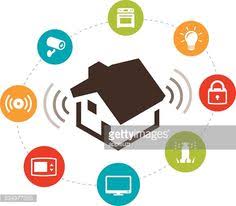Five main obstacles that could hinder the responsible adoption of AI-based technologies and propose strategies to address them.
Companies are betting on AI—yet nearly all enterprise pilots are stuck at the starting line.
That dream of a universal electronic health record has proven elusive.
New AI tool to track vocalisation trends such as shouting and coughing in dementia patients and flagged in real time.
The emerging role of AI-based companions in the care of people with dementia, referencing brain-health startups.

 Future staffing demand will force industry to rethink care strategies. According to BLS, the industry will need
Future staffing demand will force industry to rethink care strategies. According to BLS, the industry will need  Future staffing demand will force industry to rethink care strategies. According to BLS, the industry will need
Future staffing demand will force industry to rethink care strategies. According to BLS, the industry will need  Lifespan versus healthspan – a worrisome difference of 12.4 years in the US. While many older adults may live longer, well into their 80’s, they may be living with chronic diseases such as diabetes, heart disease and cancer. That difference, known as healthspan, may be as much as 12.4 years in the US, the worst globally, according to
Lifespan versus healthspan – a worrisome difference of 12.4 years in the US. While many older adults may live longer, well into their 80’s, they may be living with chronic diseases such as diabetes, heart disease and cancer. That difference, known as healthspan, may be as much as 12.4 years in the US, the worst globally, according to  Executives see the possibilities for AI in home care. Home care and home health care are labor intensive industries. Hands-on work is historically preceded and followed by paper-based documents and tracking tools. However, it is increasingly likely that home care companies will move quickly past ‘Year One’ of AI as the labor-saving benefits are seen and realized. Interviewees, including agencies and tech firms, note the changes underway. Some are engaged in various pilot projects of AI-enabled tools, others are doing implementations, still others are already deployed. For example, report discussions surfaced the following:
Executives see the possibilities for AI in home care. Home care and home health care are labor intensive industries. Hands-on work is historically preceded and followed by paper-based documents and tracking tools. However, it is increasingly likely that home care companies will move quickly past ‘Year One’ of AI as the labor-saving benefits are seen and realized. Interviewees, including agencies and tech firms, note the changes underway. Some are engaged in various pilot projects of AI-enabled tools, others are doing implementations, still others are already deployed. For example, report discussions surfaced the following: